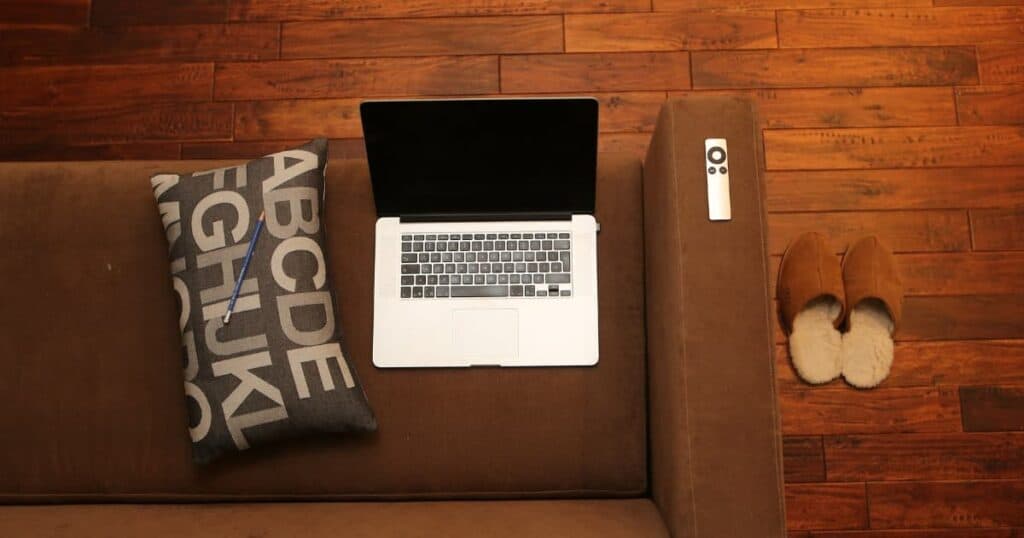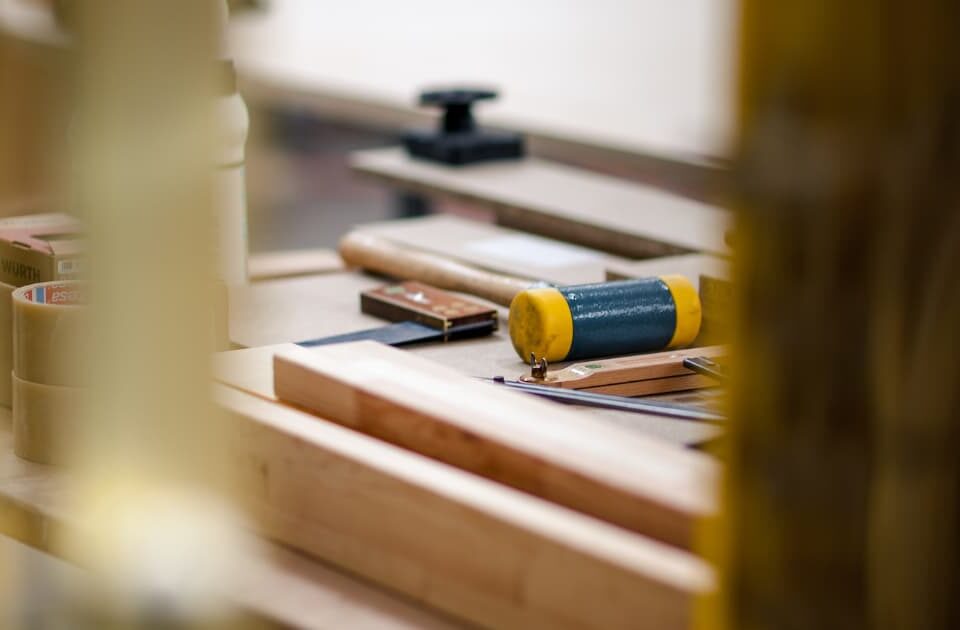Home Office Design Tips and Ideas

Fitted Wardrobe Design Guide
23rd May 2021
Interior Design Trends 2021
6th June 2021The setup of your workspace can make a huge impact on your productivity, which is why a lot of people are starting to pay extra attention to their home offices. Working from the comfort of your bedroom or the sofa may sound like the dream scenario, but it can be extremely difficult to work efficiently if you are not in the correct mental state and having an area in your home entirely dedicated to work can be the ideal solution.
Working from home and why it’s increasingly common
Since the pandemic hit, the number of people working from home grew exponentially. However, the truth is, home office usage has been growing in recent years anyway and more people need a workspace within their home. Working from home doesn’t look like it’s going anywhere any time soon, and many companies are deciding to allow their staff the option of whether to work from home or go into the head office.

With working from home becoming more commonplace, more people are deciding to invest in some residential design modifications with the aim of creating a well-equipped home office. Designing your home office can be both exciting and challenging, as you’ll need to ensure your design is practical whilst also in line with the rest of your home’s aesthetics.
Tips for designing an ideal home workspace
Each home workspace is likely going to be unique to the person working in it, but there are a few common design tips that can be applicable to a range of different office types.
- A comfortable seat – this is an absolute must for any home office. The chances are, you’re going to be spending the majority of the working day in this seat, which means you’re going to want to be as comfortable as possible. Of course, you’ll want a seat which matches the rest of the furniture in your room, but it’s important your choice of chair gives you the necessary support you need for sitting in the same space for long periods.
- Declutter with storage space – depending on the type of job you have, it’s fairly easy for clutter to pile up within your workspace. This can often act as a distraction and be a cause of unnecessary stress, and a solution to this is to have a suitable amount of storage space.
- Lighting – having your workspace located near a good source of natural light is beneficial for several reasons. Sunlight can help to improve both your mood and productivity, so it’s vital to have access to some natural lighting in your home office. You will however want to avoid glare, so you’ll need to get the position of your desk right. Desk lamps are also a good option, especially if you’ll likely be working in the evenings.
- Location – It’s important to decide on the best place in your house to situate your home office. You’ll likely want to avoid distractions, so having your workspace in view of the TV might not be the best idea. Your location will depend on what space you have available, but it’s best to choose somewhere where you will be away from noise and visual distractions
- Make a floor plan – before you start putting your workspace together, it can be helpful to set out a floor plan. This will help you organise your thoughts and allow you to visualise how your office might look in advance. You’ll also be able to ensure you have covered all bases regarding what will need to go into your home office.
- Use a noticeboard – noticeboards can be useful for a few reasons. Many people find it useful to track their goals and objectives using a notice board.Noticeboards allow you to visualise everything that needs doing, and you can use them to help keep track of deadlines.
Home office design ideas

Home offices can be worked into a variety of different spaces and your design may depend on what space you have available. Some of the most popular home office design ideas involve the following:
- Convert your garage into an office – It’s often the case that people have garage spaces that they don’t actually use. Instead of just using the area for storage, why not transform it into a home office? Garages can make the ideal space for a home office as they are usually situated away from the main living quarters, so you are less subject to noise and other distractions.
- Create a garden office – A garden office may take a bit more preparation and you’ll likely need to call in an electrician to ensure it is powered up correctly. If you have the space available though, a garden office can be the ideal solution for your working from home needs. Your garden can provide you with a well-lit working area and the seclusion necessary for you to fully concentrate on your work.
- Make use of smaller spaces – If you are limited on space and don’t have an entire room you can use as an office space, there are plenty of ways to utilise unoccupied areas in your house. Hallways, landings and even under the stairs are all potential spaces you might be able to get a small home office set up.
There’s usually a type of home office to suit everyone and as working from home is becoming more commonplace, a suitable workspace is a priority for many people.




